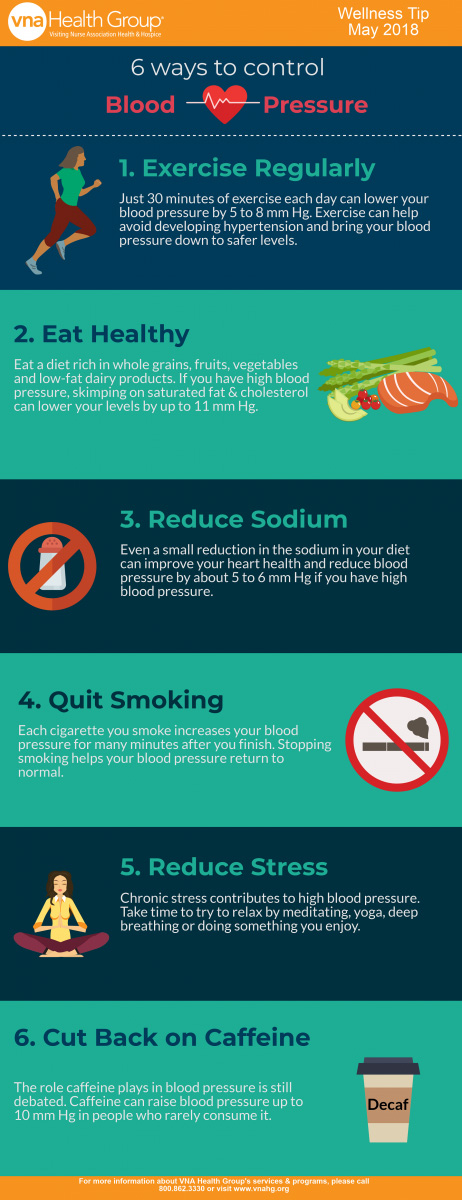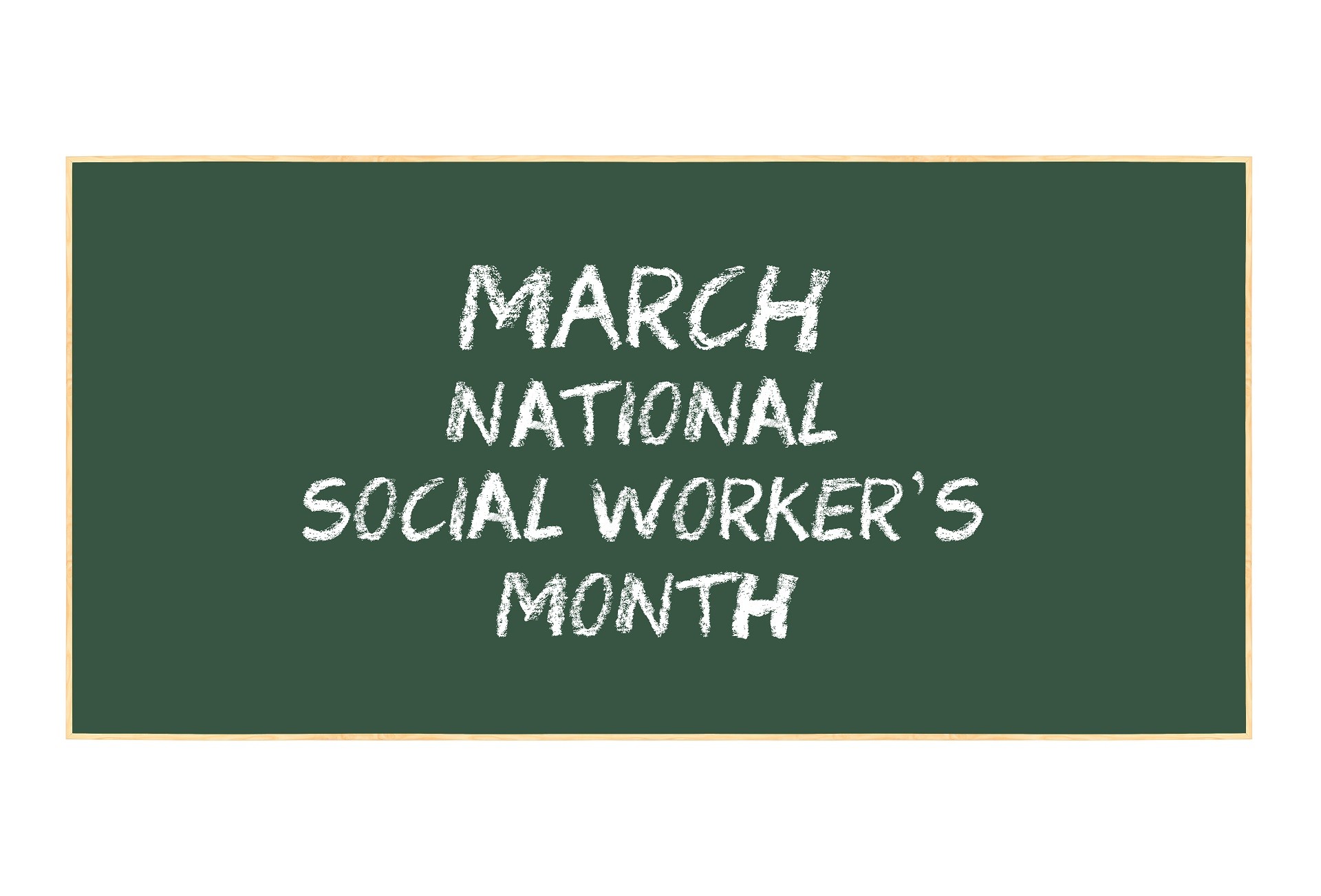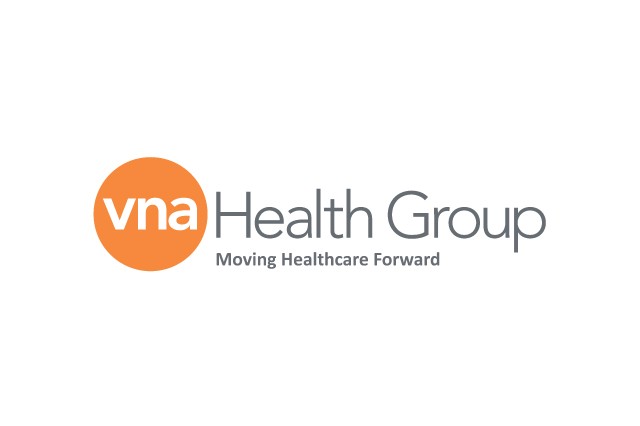Control your Blood Pressure by Following these 6 Steps [Infographic]
High blood pressure affects 1-in-3 US citizens every year, yet many people with the condition don’t even know they have it. Since there usually aren’t many symptoms, it is recommended to check your blood pressure regularly.
Understanding Blood Pressure Readings
Blood pressure is measured in 2 numbers, systolic (upper number) and diastolic (lower number). Systolic indicates how much pressure your blood is exerting against your artery walls when the heart beats, while diastolic indicates how much pressure your blood is exerting against your artery walls when your heart is resting between beats.
There are 5 blood pressure ranges as recognized by the American Heart Association. They are:
- Normal blood pressure
Congratulations on having blood pressure numbers that are within the normal (optimal) range of less than 120/80 mm Hg. Keep up the good work and stick with heart-healthy habits like following a balanced diet and getting regular exercise.
- Elevated
Elevated blood pressure is when readings are consistently ranging from 120-129 systolic and less than 80 mm Hg diastolic. People with elevated blood pressure are likely to develop high blood pressure unless steps are taken to control it.
- Hypertension Stage 1
Hypertension Stage 1 is when blood pressure is consistently ranging from 130-139 systolic or 80-89 mm Hg diastolic. At this stage of high blood pressure, doctors are likely to prescribe lifestyle changes and may consider adding blood pressure medication based on your risk of atherosclerotic cardiovascular disease (ASCVD) such as heart attack or stroke. You can learn more about your risk by using the Check. Change. Control. Calculator™.
- Hypertension Stage 2
Hypertension Stage 2 is when blood pressure is consistently ranging at levels of 140/90 mm Hg or higher. At this stage of high blood pressure, doctors are likely to prescribe a combination of blood pressure medications along with lifestyle changes.
- Hypertensive crisis
This is when high blood pressure requires medical attention. If your blood pressure readings suddenly exceed 180/120 mm Hg, wait five minutes and test again. If your readings are still unusually high, contact your doctor immediately. You could be experiencing a hypertensive crisis. If your blood pressure is higher than 180/120 mm Hg and you are experiencing signs of possible organ damage such as chest pain, shortness of breath, back pain, numbness/weakness, change in vision, difficulty speaking, do not wait to see if your pressure comes down on its own. Call 9-1-1.
Taking Steps to Lower your Blood Pressure
In many cases, you can take control of your high blood pressure by making some lifestyle changes. In the infographic below, we’ve explored 6 ways you can take action to help get your blood pressure to normal levels.




